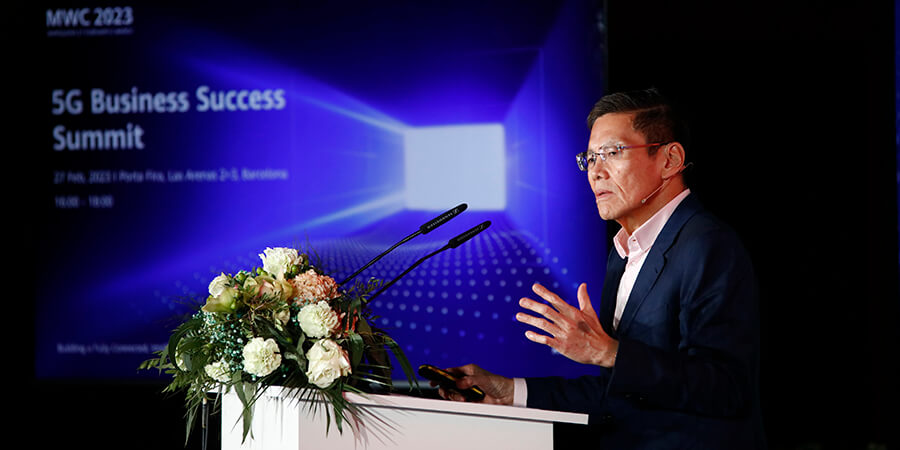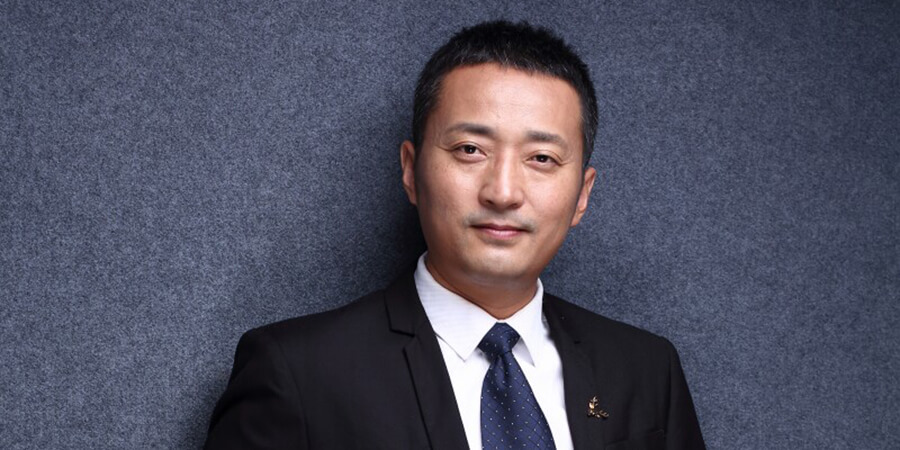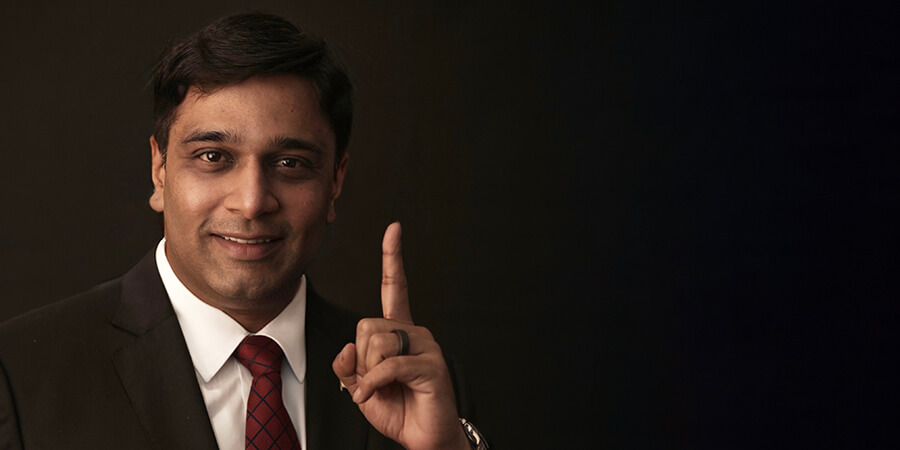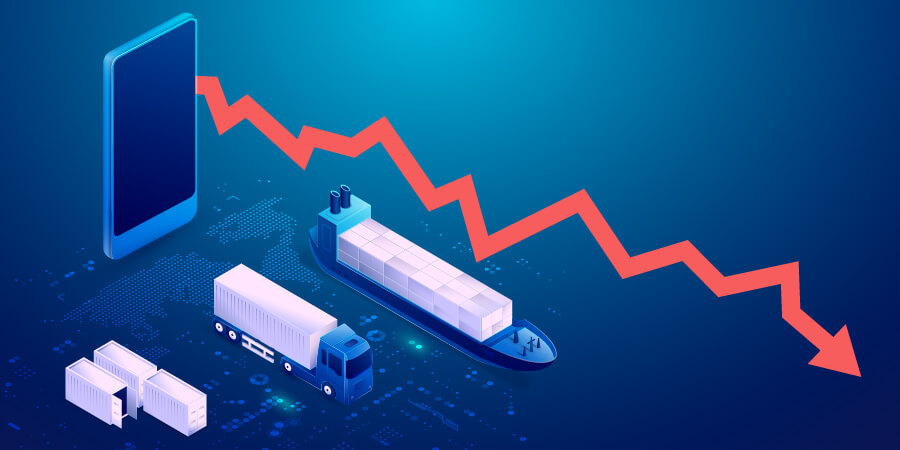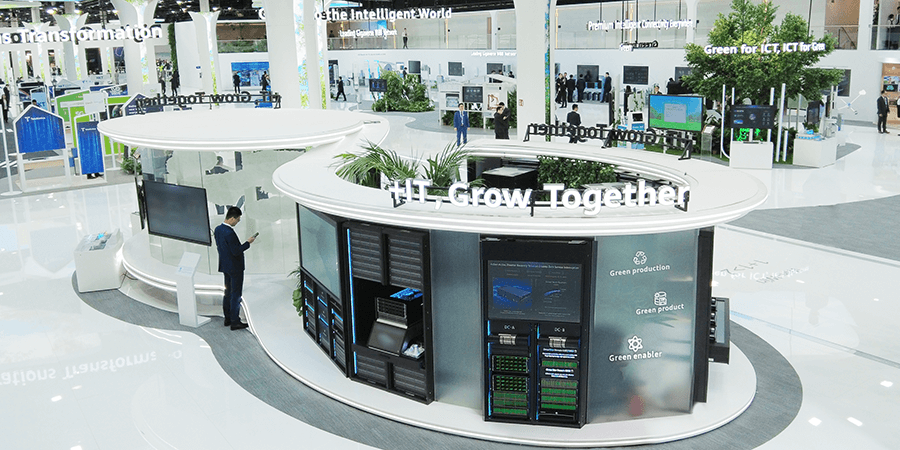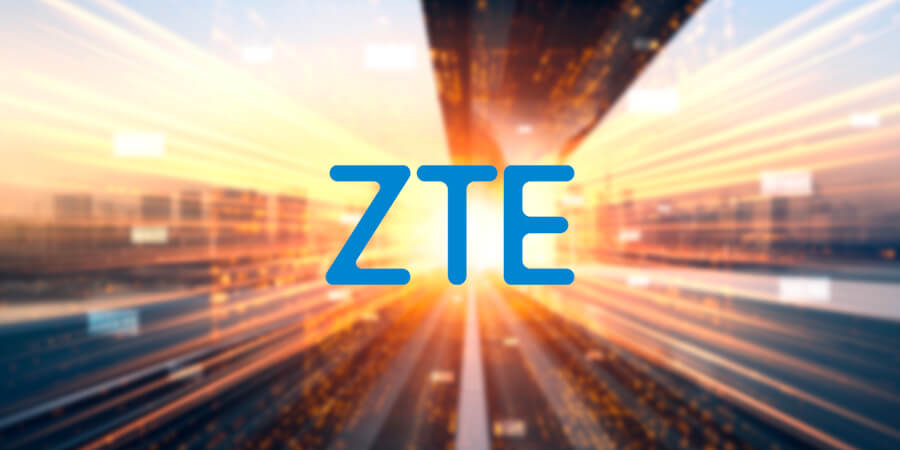Recent advancements and the convergence of three important technologies: artificial intelligence, IoT and edge computing, will drive the fourth industrial revolution, reshaping industries and subsequently, consumer behavior. These three key drivers for what has been dubbed Industry 4.0 are very promising, given that they are mobile-based and intelligent, and will connect the physical, digital and virtual world for everyone. And this is why the race to 5G has continuously become more competitive, especially in Thailand, which has become among the most impressive 5G success stories in Southeast Asia.
Featured Articles
Japan to Revive Tech and Semiconductor Competitiveness
Japan is advancing digital transformation efforts to build a digital society. Adopting a top-down approach, the Japanese government started to modernize its IT infrastructure and services and build a digital workforce to support a future-proof digital society, bridge the digital gap between urban and rural areas and drive economic growth.
Southeast Asian Telcos: Cyber Defense and the Push for Digitalization
How Southeast Asian Telcos Are Bolstering Their Cyber Defenses Amid the Push for Digitalization
In 2023, cybersecurity laws will be high on the agenda for many governments across the world as they continue to deal with growing pressure to protect their people and infrastructure from cyberattacks, according to mobile industry group GSMA.
Indosat Ooredoo Hutchison’s Successful Merger Empowers Indonesia
On the sideline of MWC 2023, Barcelona, Vikram Sinha, CEO of Indosat Ooredoo Hutchison (Indosat), delivered a presentation titled “The story of Indosat, the most successfully merger that empowers Indonesia”, delving into Indosat’s merger and its impact on connecting Indonesians and elevating the country’s economy.
Why Smartphone Shipments Are on the Decline
Global smartphone shipments have dipped sharply by 18.3% to 300.3 million units in the last quarter of 2002, reported IDC, making the holiday quarter the worst decline in a single quarter in 2022 and the fourth consecutive quarter for declined shipments. With smartphone shipments totaling 1.21 billion units in 2022, last year saw the lowest annual smartphone shipment since 2013, when shipments have slumped 11.3%.
Huawei Unveils Future-Oriented IT Infrastructure for Carrier Digital Evolution
At MWC 2023, Huawei debuts a future-oriented IT infrastructure architecture to drive carrier transformation in a digital-first era, placing the spotlight on intelligent, reliable, efficient, and collaborative IT infrastructure in line with its theme of “+IT, Grow Together.”
IoT and Its Role in Revolutionizing the Healthcare Industry
The healthcare industry has witnessed a big leap with IoT technology. The ability of the Internet of Things (IoT) to connect real-time data with users — together with the emergence of ultra-low latency, high bandwidth 5G — is a game-changer for the healthcare industry.
ZTE Zhao Peng: Shaping Digital Innovation
We are now experiencing a surging digital wave. Digital transformation is changing the world faster than ever before, driving new growth in various fields, from life to production, from individuals to organizations.
A2P SMS Fraud a Rising Threat
As part of their omnichannel messaging strategy, application-to-person (A2P) messaging is a way that enterprises connect with their customers. This simple yet direct method of communicating with customers has proven to be popular over time.


